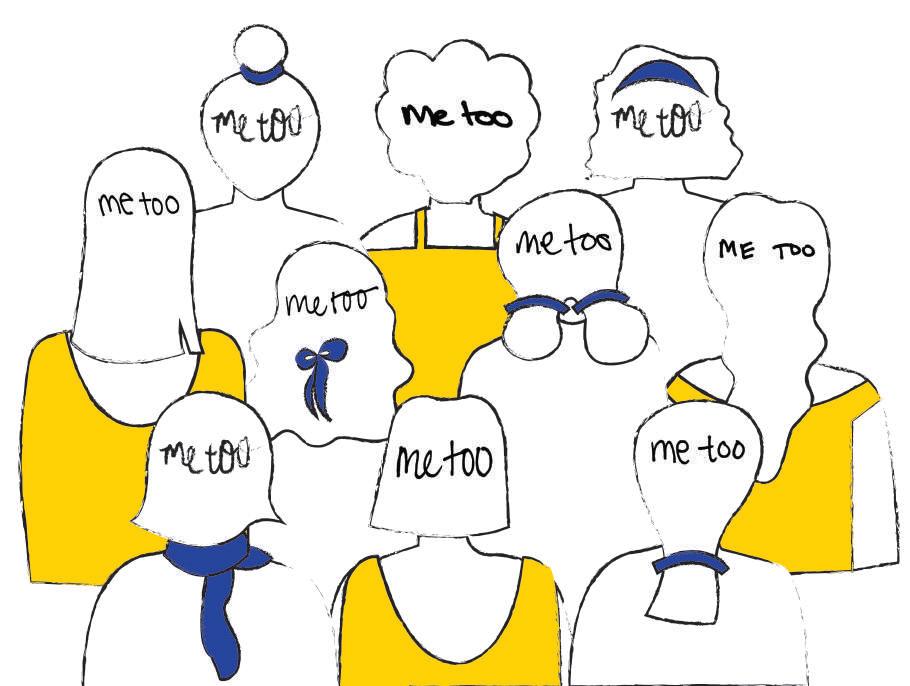RECLAIMING T H E B O D Y: T A T T OOS A S THE FUTURE OF FASHION In his poem “Tattoo,” American poet Wallace Stevens explains the way light imprints itself on water and crawls under our eyelids. Tattoo in the English vocabulary has three uses: 1) an indelible mark or figure fixed upon the body by insertion of pigment under the skin or by production of scars, 2) the act of marking the skin, and 3) a rapid rhythmic rapping. Wallace’s poem seems to simultaneously refer to all of these things. The rhythmic patterning of light, the mark light leaves on a surface, the imprint of light on our eyes—perhaps he never meant for his definition to be so broadly interpreted. Most automatically assign tattoo its most common definition: a mark fixed upon the body. The current drama of the tattoo has in recent decades been its permanence—a concept ironically wholly missing from its acute definition. A Lilly on a left shoulder, a coy fish swimming up a thigh, these are all forms extracted from small crevices of visual culture and assigned some infinity on the skin. Permanence is perhaps what has so often separated tattoos from the volatile world of fashion. Yet under the umbrella of self-expression both tattoos and fashion are made of the same light that crawls under our eyelids. In fact, the significance of a skin as canvas may be on the cusp of what it means to define and redefine the modernity of the industry. How do tattoos define and redefine the bodies they inhabit? How do tattoos implicate gender norms? LSA sophomore Lilly Morris says for her tattoos were never a question of yes or no, but rather of when, where, and what. “There’s this iconic picture of me as an infant sitting on my dad’s lap and him holding me, and his arms are just covered in tattoos. He looks like a biker, and, ever since I was little, he used to draw some of his tattoos on me, so I always just knew that I would get one.” Just because tattoos have always been a part of her visual world, however, she hasn’t been sheltered from their stigmas. “Outside of home life, I grew up learning that tattoos are against Judaism, and tattoos are not appropriate if you’re a girl, and ‘girl’s shouldn’t get sleeves—that’s gross.’ There are so many underlying stereotypes that people have about tattoos, and everyone has their own opinion.” Smoothing over the coy fish that swims up her left calf, she nods, “I got this knowing that it was an invitation for people to comment on my body, so that’s something I had to prepare myself for.” In the runway world, this invitation for comment may be reinterpreted as a wish to enter a relevant conversation. The 2018 Spring/Summer season experienced an insurgence of tattoos on the runway. Oscar de la
SHEI Print Unapolagetic // Sprint 2018

Issuu converts static files into: digital portfolios, online yearbooks, online catalogs, digital photo albums and more. Sign up and create your flipbook.








